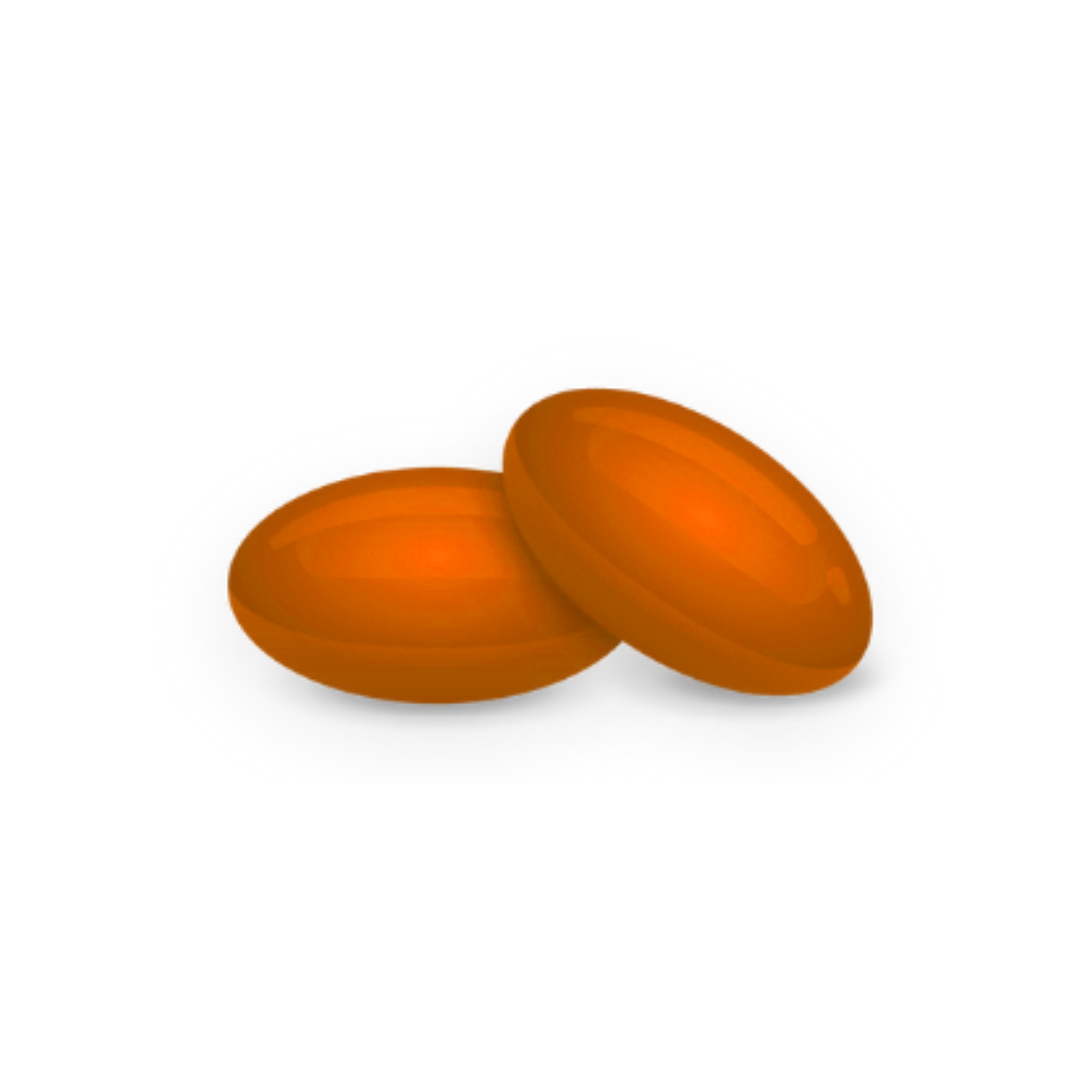Focus Select Zinc Free Vitamins For Eye Support - Softgels
Focus Select Zinc Free Vitamins For Eye Support - Softgels
Share
SKU:FV-126
548 in stock
Couldn't load pickup availability
We accept



Focus Select® Zinc Free is for patients whose physicians recommend a zinc-free AREDS2-based formula.
Focus Select® Zinc Free utilizes the latest improvements discovered in AREDS2®, replacing beta-carotene with lutein and zeaxanthin and eliminating zinc to offer a formulation that is safe for patients wishing to avoid zinc in their supplements. Our unique formulation not only provides powerful levels of the nutrients proven to be beneficial in the study, but it is safer for smokers and reduces the risk of side effects associated with zinc.
Focus Select® Zinc Free is produced in an NSF certified and FDA audited facility. As an extra measure, we conduct and approve a third-party certification of analysis for every active ingredient, on every lot, every time.
Ask your eye doctor if Focus Select® Zinc Free is the best choice for you.
Suggested Use: As a dietary supplement, take one (1) softgel in the morning and one (1) softgel in the evening with meals.
Features:
- AREDS 2 EYE VITAMINS: Perfect for support of macular generation, these eye vitamins are perfect for patients whose physicians recommend a zinc-free AREDS2-based formula.
- ZINC FREE FORMULA: Utilize the latest improvements discovered in AREDS2 replacing beta-carotene with lutein and zeaxanthin and eliminating zinc to offer a formulation that is safe for all patients.
- SUPPORTS MACULAR HEALTH: Providing essential vitamins and minerals to support macular health with Vitamin C, Vitamin E, and other important ingredients.
- EASY TO SWALLOW SOFTGELS: These areds multivitamins come in a pack of 180 softgel capsules that are easy to swallow. Take twice a day as a dietary supplement, one in the morning and one in the evening with meals.
- GREAT NUTRIENTS FOR HEALTHY EYES: Our unique formulation not only provides powerful levels of the nutrients proven to be beneficial in the study, but it is safer for smokers and reduces the risk of side effects associated with zinc.
Ingredients
Vitamin C, Vitamin E, Lutein, Zeaxanthin

FAQ's
Q: How was the Focus Select formulation developed?
A: Focus Select is based on peer-reviewed findings and analysis of the Age-Related Eye Disease Studies (AREDS) conducted by the National Eye Institute (NEI), a division of the National Institute of Health.
AREDS
In 1992, the National Eye Institute launched the large-scale AREDS study to investigate the impact of supplementation on patients with AMD. The 2001 findings demonstrated that high doses of antioxidant vitamins and minerals slowed the progression of AMD in people with intermediate AMD and those with Advanced AMD in one eye by an average of 25% over a five-year period.
Original AREDS formulation:
- 500 mg of vitamin C
- 400 international units of vitamin E
- 15 mg beta-carotene
- 80 mg zinc oxide
- 2 mg copper as cupric oxide
AREDS2
AREDS2 was a follow-up study conducted to in effort to improve upon the original formula. The original AREDS contained beta-carotene, an antioxidant found to be associated with an increased risk of lung cancer in smokers in two large trials funded by the National Cancer Institute. The original formula also contained 80 mg of zinc, a level considered too high by some nutritionists and which is associated with side effects in some patients.
Modifications tested in AREDS2:
- 10 mg of lutein and 2 mg zeaxanthin
- 1000 mg omega-3 fatty acids
- Removing beta-carotene
- Reducing zinc levels to 25 mg
AREDS2 findings impacting supplementation:
- Replacing the antioxidant beta-carotene with lutein and zeaxanthin in the AREDS2 trial resulted in a slight reduction in risk of advanced AMD compared to the original AREDS with beta-carotene
- Adding Omega-3 fatty acids did not improve the risk of advanced AMD overall
- Lowered zinc levels were found to be as effective as the original formulation
Q: Why does the Focus select formula contain 25 mg of Zinc?
A: In the second AREDS study NEI investigators discovered that 25 mg of zinc was equally as effective as 80 mg in reducing the progression of AMD. The original study’s 80 mg level of zinc was thought to be too high by some nutritionists. Additionally, consumption of too much zinc is known to have side effects such as nausea, stomach pains, and an increased risk of urinary tract problems such as infections and kidney stones. For this reason, the developers of Focus Select chose the lowest dose of zinc proven effective.
Q: Who should take Focus Select?
A: Focus Select should only be considered by those at risk for developing advanced AMD. Prior to taking the levels of vitamins and minerals found in our formula, patients should speak with their doctor about the risk of developing advanced AMD and whether taking Focus Select is right for them.
Q: Will taking Focus Select cure AMD?
A: No. There are currently no treatments for dry AMD. While the AREDs formulations may slow the progression of dry AMD in people with moderate levels of disease by 25%, no supplement has demonstrated the ability to improve or restore vision.
Q: Can patients take a daily multivitamin if they are taking Focus select?
A: Yes. Most people in the AREDS studies also took multivitamins. However, you should first consult with your primary care doctor and receive their approval to take a multivitamin in conjunction with Focus Select.
Q: Can patients take a daily multivitamin instead of Focus select?
A: No. While a multivitamin has a broad spectrum of vitamins and minerals, it does not contain the high levels of specific antioxidants proven to be effective in the AREDS2 study.
Q: Should patients consider changing to Focus Select if they are on an original AREDS Formula?
A: Yes. Replacing beta-carotene with lutein/zeaxanthin is safer for smokers and showed a lower risk of progression (18%) of AMD in AREDS subjects compared with those in the AREDS2 trial. Additionally, the 25 mg dose of zinc in lieu of 80 mg may prevent side common side effects associated with zinc.


